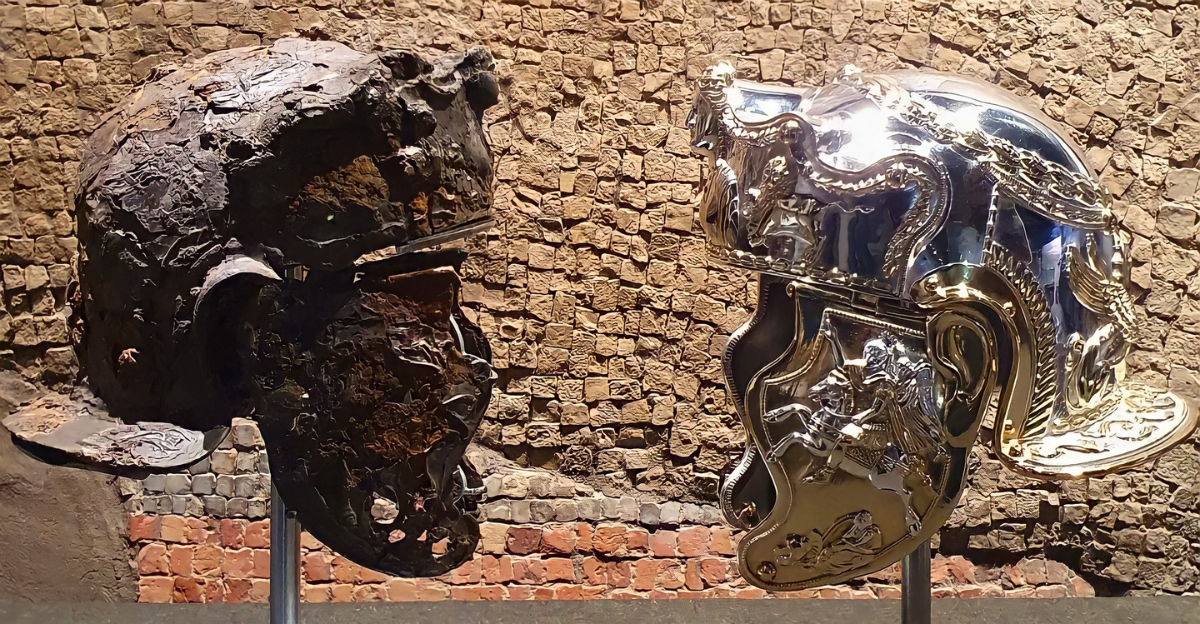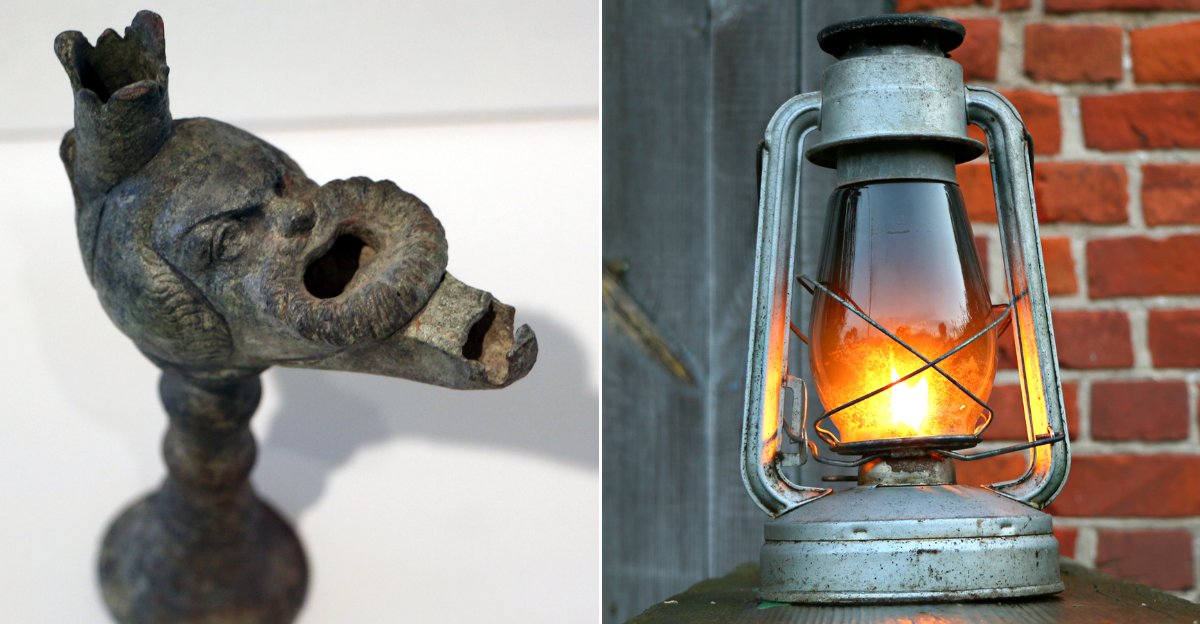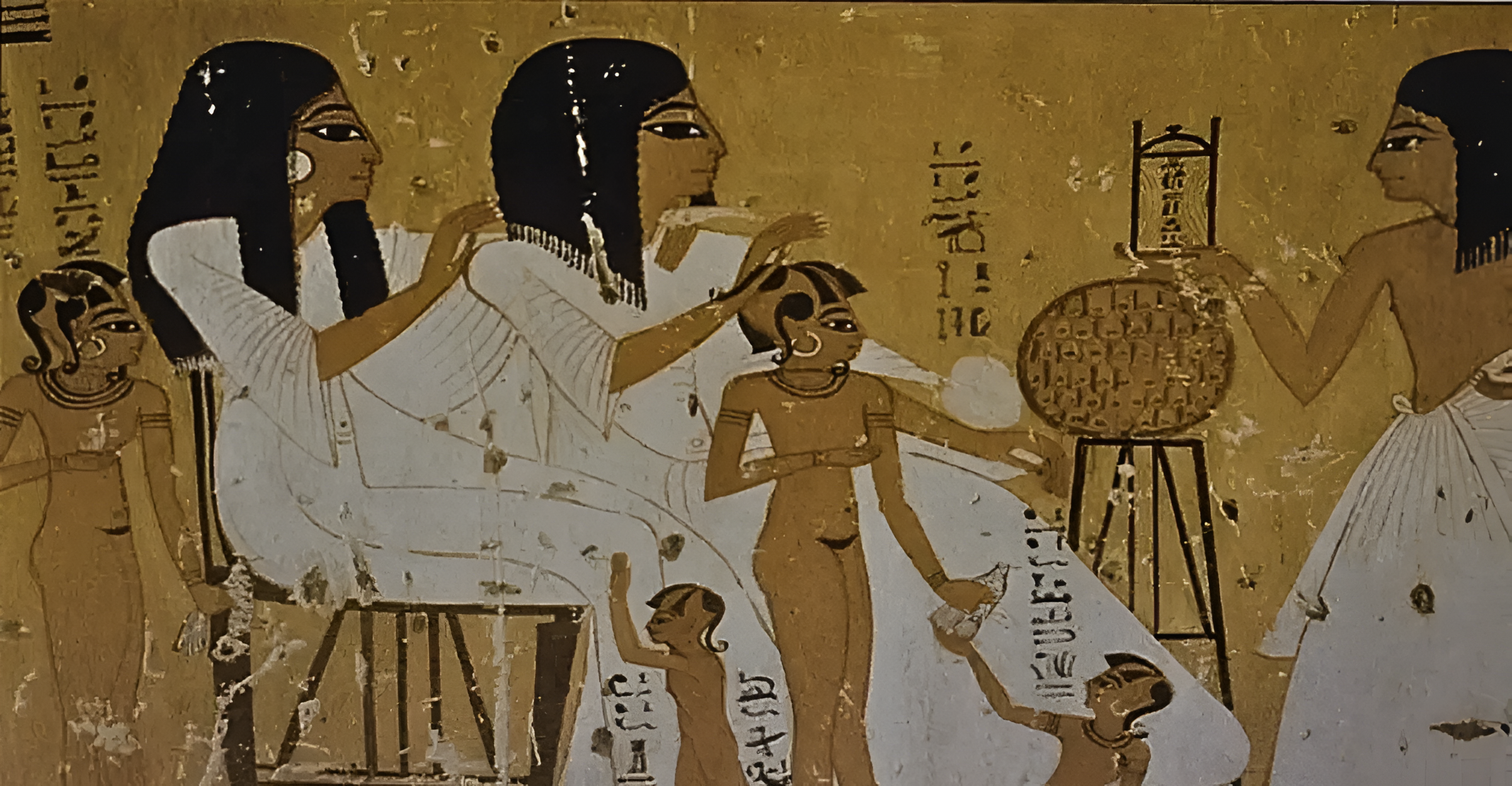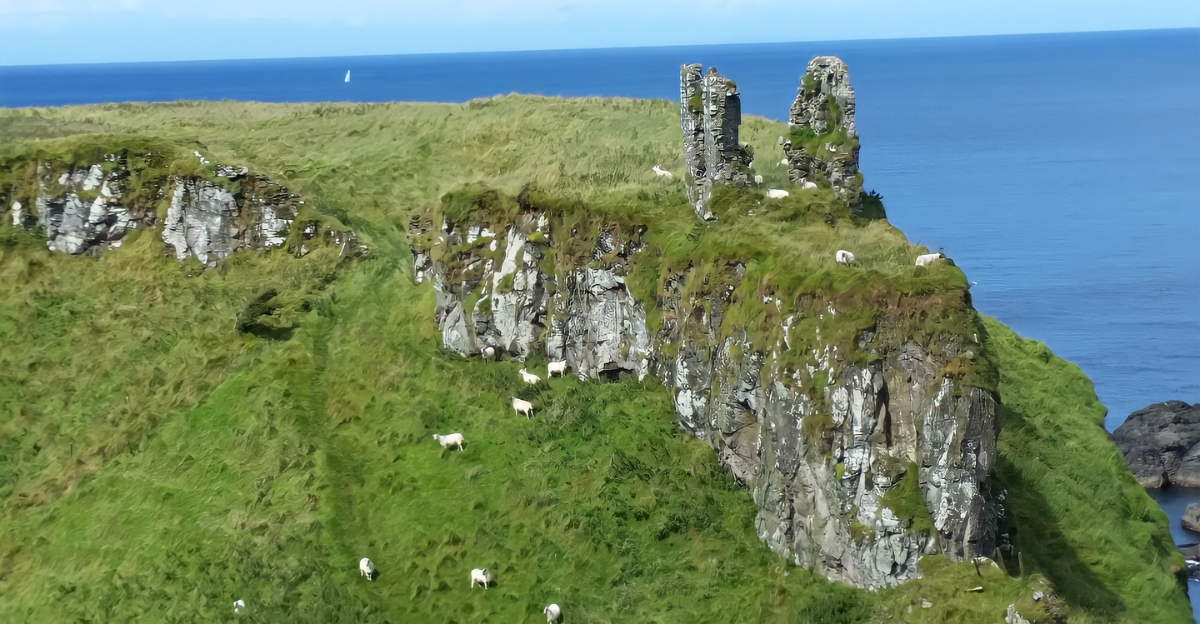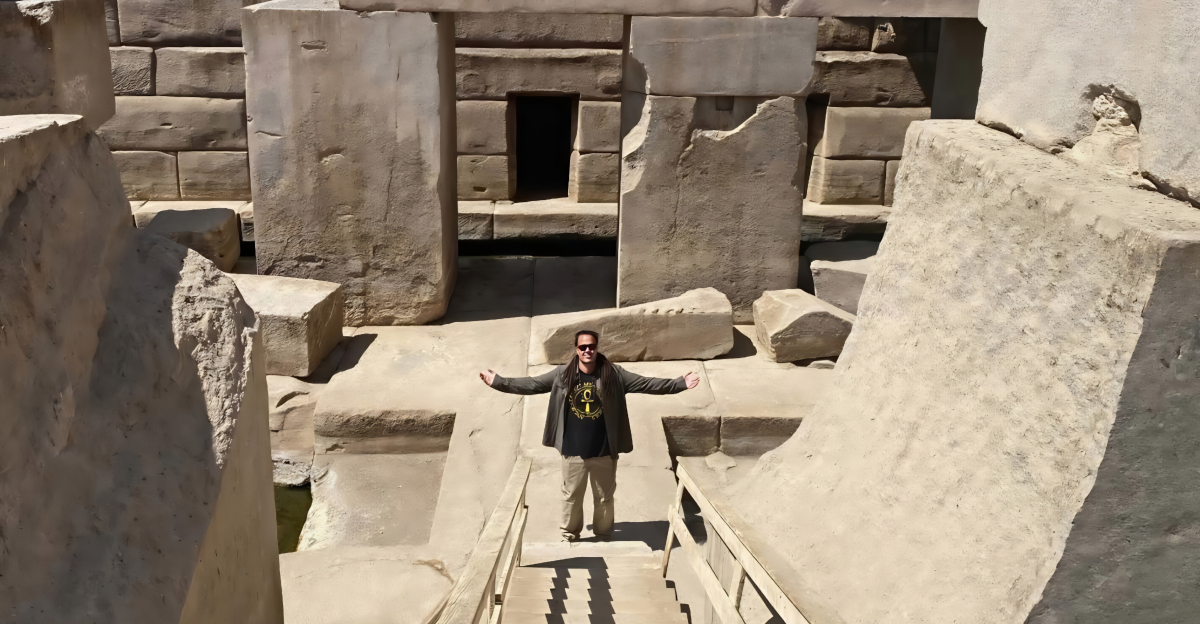
The discovery of a royal tomb dating back 2,800 years has been made and is believed to be closely linked to King Midas as the tomb is believed to belong to a close relative of Midas. The legend of Kind Midas has been going strong for over two millennia and has captivated the imagination of historians, archaeologists, and anyone willing to listen to the story.
A story wrapped in mystery and wonder is far from over and leaves the world captivated once again. This remarkable archaeological breakthrough has emerged from the ancient city of Gordion in modern-day Turkey and this site is far from surprising researchers.
The Heart of the Phrygian Kingdom
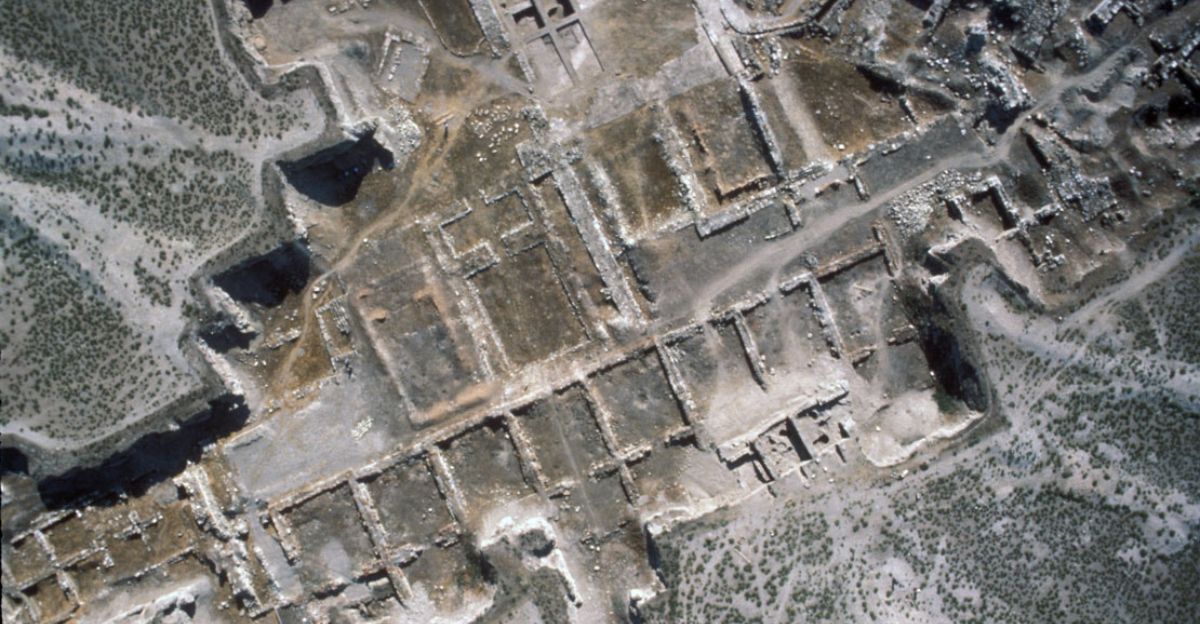
Gordion was the capital of the Phrygian kingdom, a powerful state that flourished from 1200 to 675 BC. Strategically located at the crossroads of major east-west trade routes, it became a hub for commerce, diplomacy, and innovation, linking the empires of Assyria, Babylon, and the Hittites to the east with Greece and Lydia to the west.
Gordion was also the home to rulers like Gordias and his son Midas, and burial mounds towered and stood as a symbol of wealth and power for the Phrygian elite.
The Midas Mound and Its Neighbors
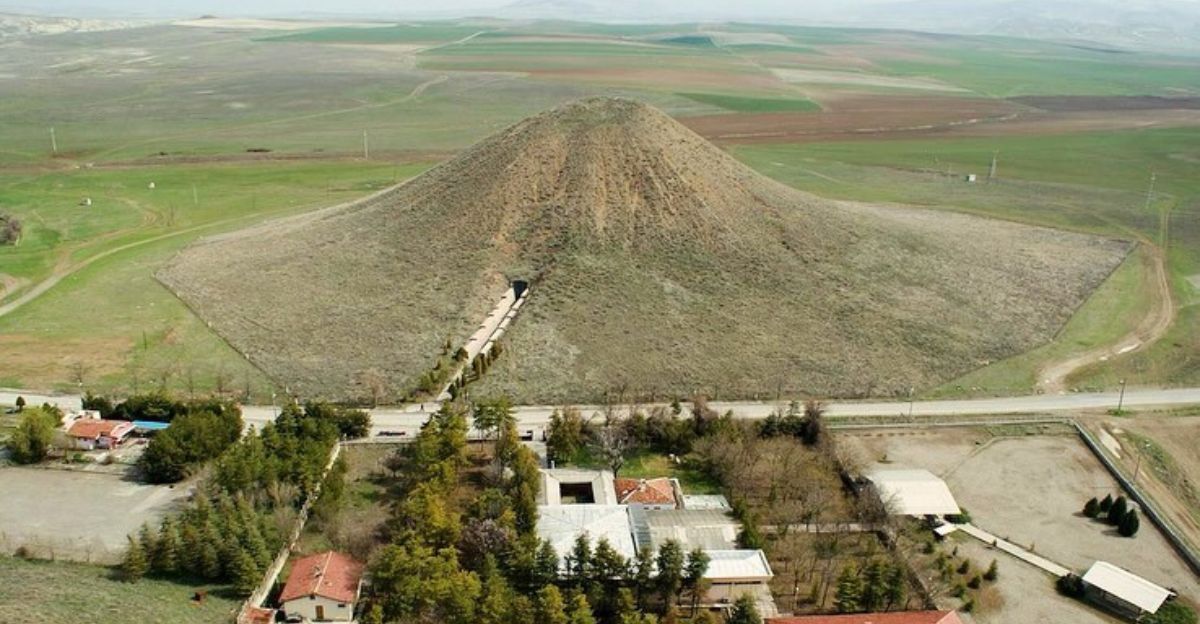
As if the legend of Gordion wasn’t enough to capture the world’s attention, the ancient city had 20 burial mounds, known as tumuli, which stand as silent sentinels to the power and prestige of Phrygia’s royal lineage. One of the most remarkable burial mounds is known as “Midas Mound, ” a colossal earthwork rising 174 feet high. It is believed to have been constructed around 740 BCE, possibly as the tomb of King Midas’s father, Gordias.
Excavations in the mid-20th century revealed a remarkably well-preserved burial chamber deep within the mound. Built from pine and juniper logs, it was filled with bronze treasures and luxurious textiles, underscoring its occupant’s elite status.
The Legend of Midas
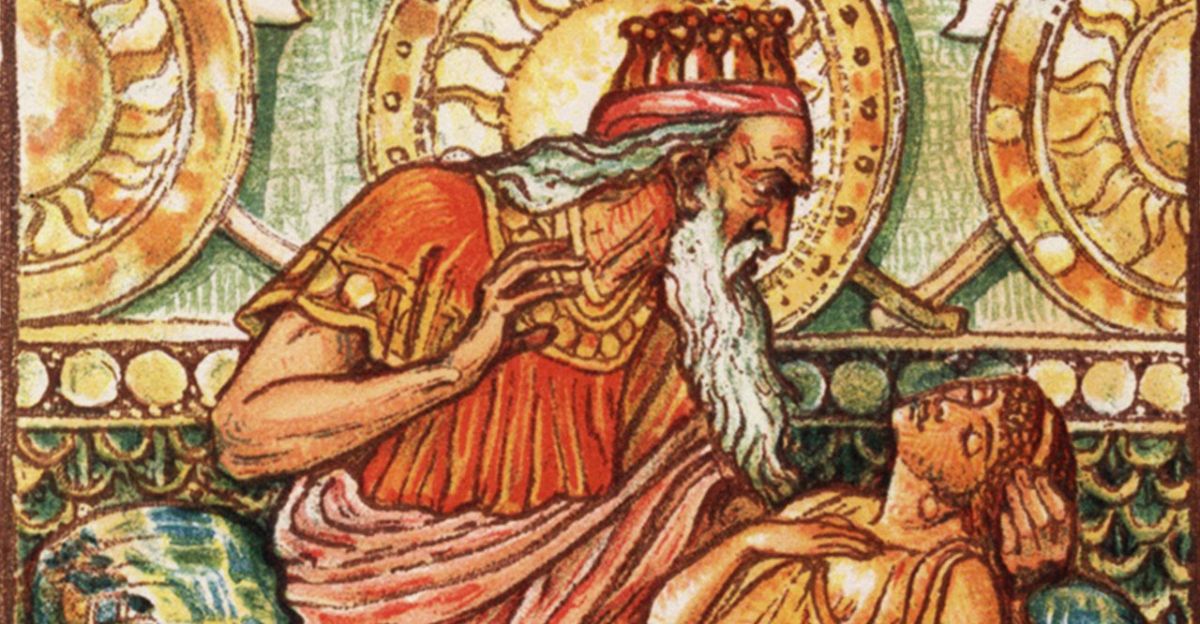
In Greek and Roman mythology, Midas was the king of Phrygia, renowned for his extraordinary wish: that everything he touched would turn to gold, a gift granted by the god Dionysus after Midas showed kindness to the satyr Silenus. At first, Midas delighted in his newfound power, transforming twigs, stones, and even the roses in his garden into gleaming gold.
However, the blessing quickly became a curse when his food, drink, and, in some versions of the story, even his beloved daughter turned to lifeless gold at his touch.
Recent Excavations
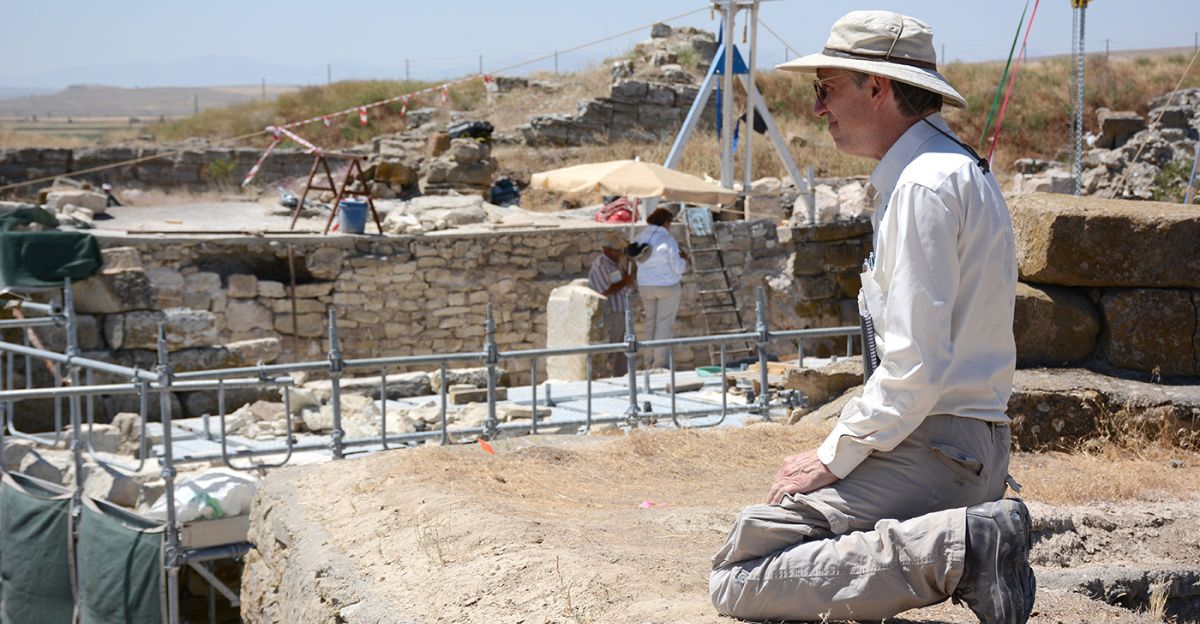
Between September 2024 and January 2025, a dedicated team led by Professor Süleyman Yücel Şenyurt from Ankara Haci Bayram Veli University systematically excavated Tumulus T26. Experts believe the individual buried here was a member of the Phrygian royal family, possibly related to King Midas himself, given the proximity to the Midas Mound and the richness of the grave goods.
“During the excavations in the ancient city of Gordion, we unearthed an untouched wooden burial chamber that is thought to belong to the Phrygian royal family,” Said Mehmet Nuri Ersoy, Culture and Tourism Minister, in a statement.
Unveiling the Royal Tomb
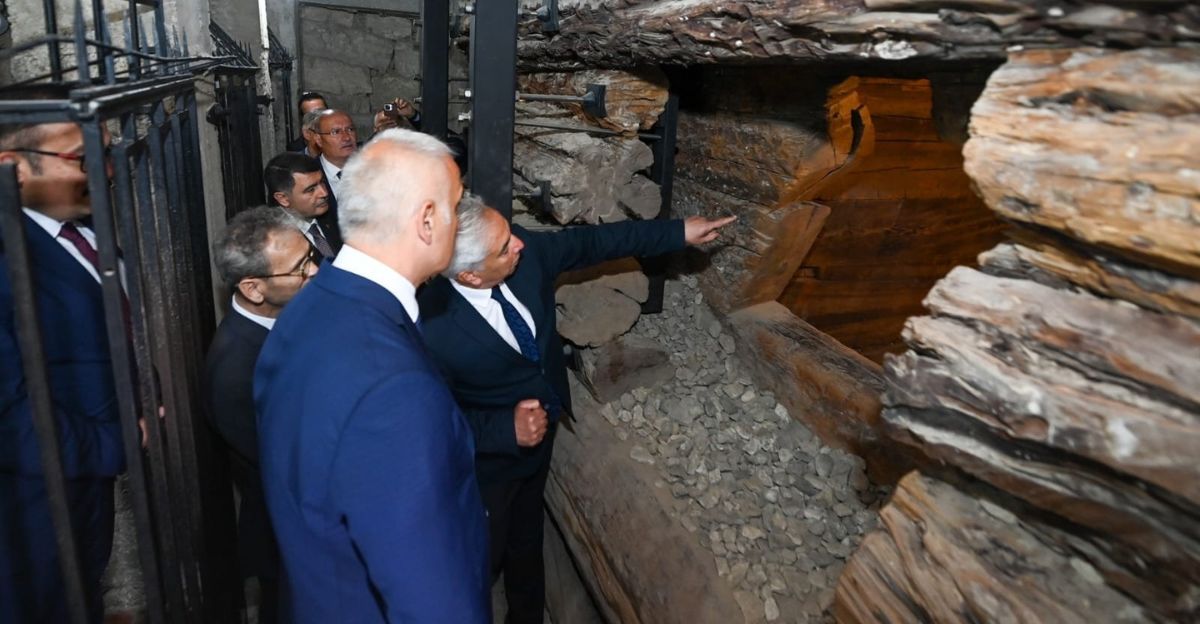
During a 121-day excavation led by Professor Süleyman Yücel Şenyurt and his team from Ankara Hacı Bayram Veli University, researchers found a previously untouched wooden burial chamber. “We worked systematically with 15 workers and six archaeologists in a 12-by-12-meter grid,” Senyurt said in a statement.
Measuring 10 by 9 feet, the chamber had 88 remarkably preserved metal artifacts, including large bronze cauldrons, ceremonial vessels, and iron-nailed fixtures spread throughout the chamber. Researchers also found cremated human remains along with the artifacts, indicating that this was the burial site of an important person, possibly a close relative of King Midas himself.
Links to King Midas’s Dynasty
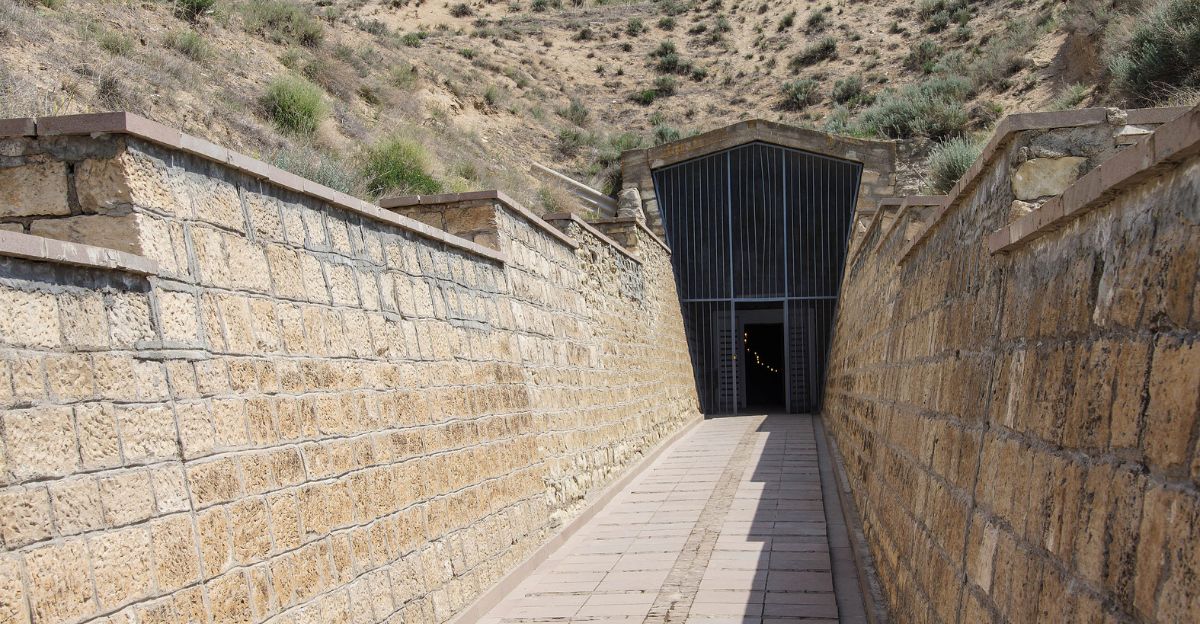
The tomb’s age, dating to the 8th century BCE, aligns with the period of Midas’s reign, and the richness of its grave goods suggests the burial of an elite member of the Phrygian royal family. The T26 artifacts shared remarkable similarities with those from the Midas Mound, making the familial connection even more plausible.
“This is the only known cremation tomb from the 8th century B.C. in Gordion,” said Professor Charles Brian Rose, director of the Gordion excavations. “Its vessels closely resemble those from the Midas Mound, which makes the connection plausible.”
A Cremation Worth Noting
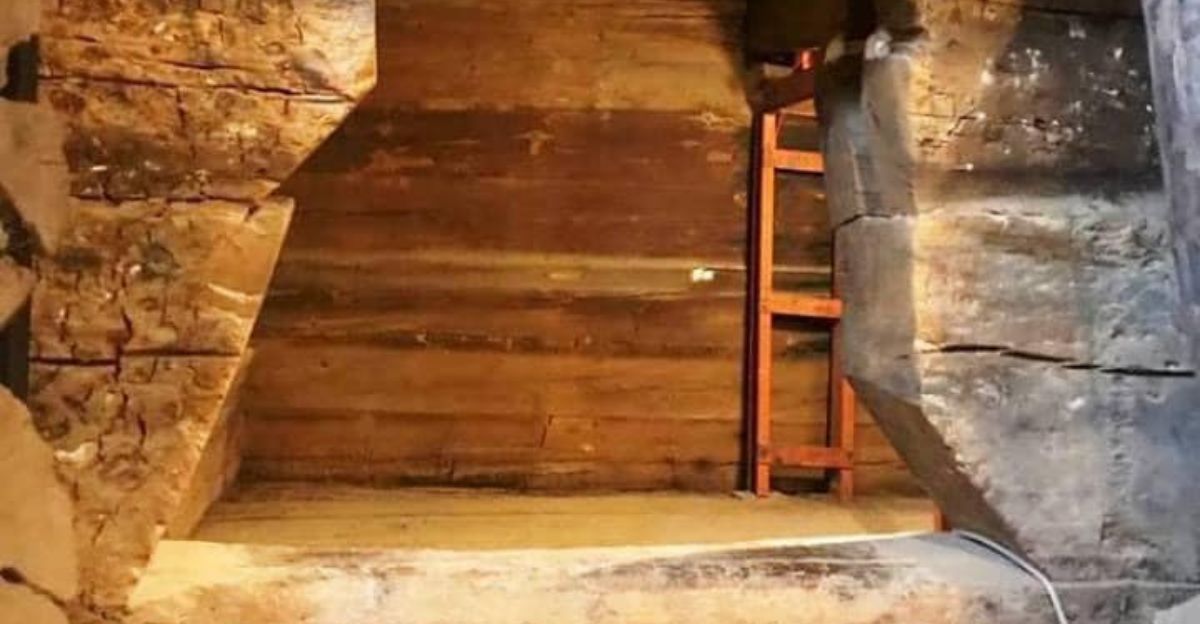
One of the most interesting finds in this chamber was the presence of the cremated human remains, as this wasn’t a common practice at the time. “What’s really interesting is that it’s a cremation burial,” Rose said, because “this is the only example from the 8th century” at the site.
This is another clear indication that this burial chamber belonged to someone of importance, again linking back to a close relative of Midas.
Public Exhibition and Conservation
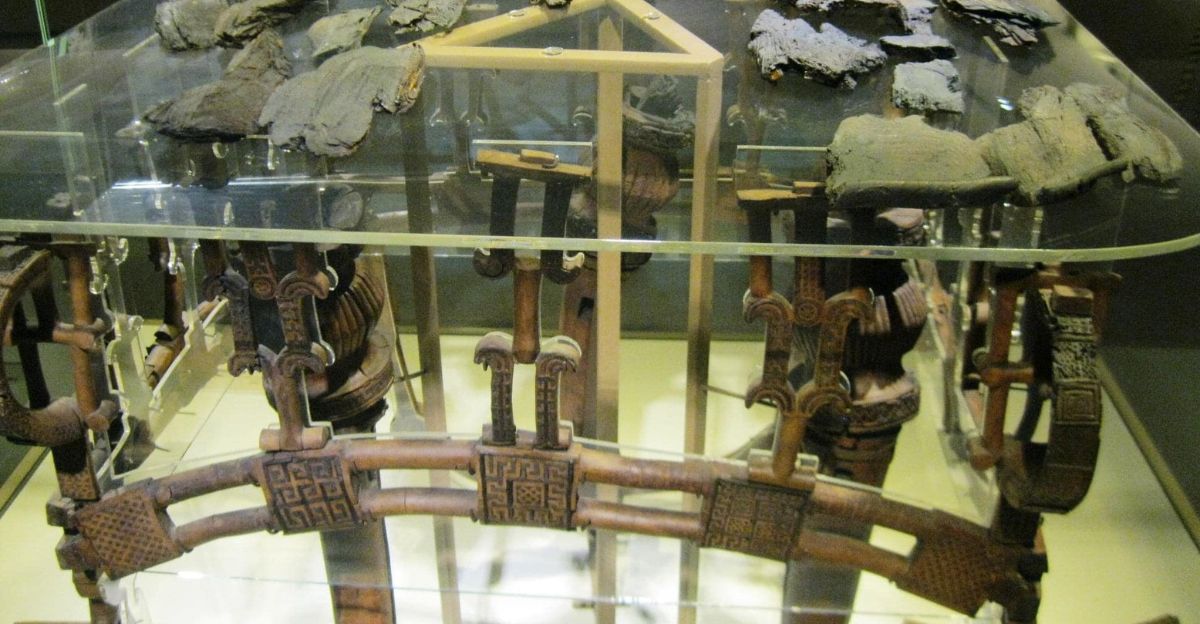
After this remarkable find, a team of experts transferred the 88 metal artifacts to the Ankara Regional Restoration and Conservation Laboratory, where restoration work has already been done on 47 items. These incredible artifacts won’t be hidden from the world much longer and will be on display at the Gordion Museum, with a whole exhibition planned by the end of 2025.
This initiative is part of Türkiye’s broader “Legacy to the Future” project, which aims to safeguard and promote the nation’s archaeological treasures.
The Continuing Mystery of Gordion
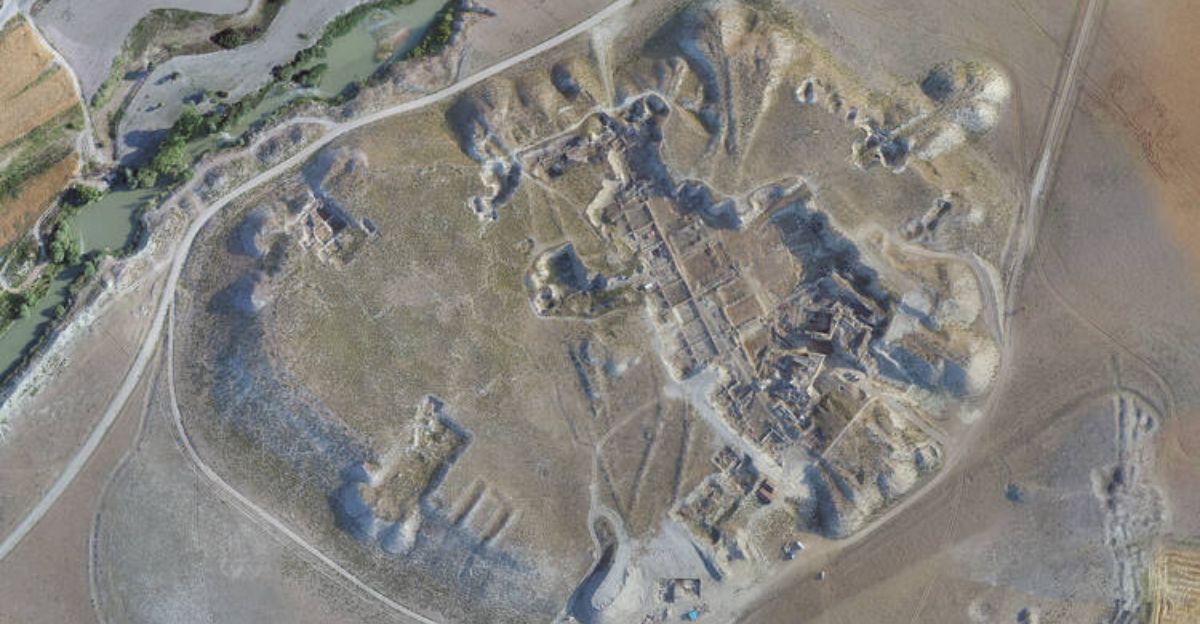
This ancient city is far from done surprising the world with remarkable finds and hidden artifacts. Archaeologists have excavated only a fraction of the site’s sprawling network of fortification walls, tombs, and settlement layers, with vast areas still untouched beneath the Anatolian soil.
“The area that has not yet been excavated is much larger than the area that has been excavated,” Şenyurt said. As excavations advance and new technologies are applied, Gordion is a treasure just waiting to be found.

